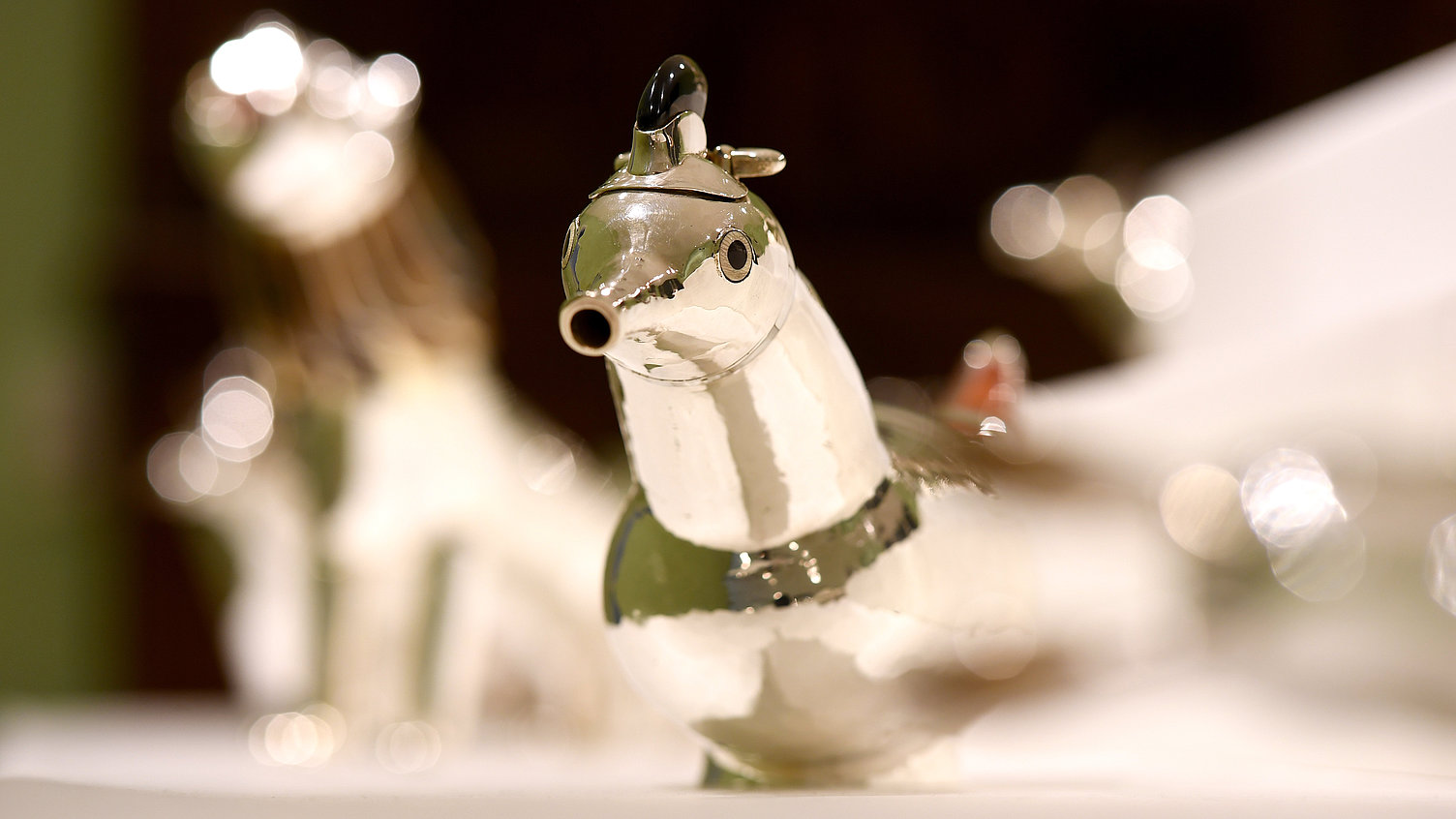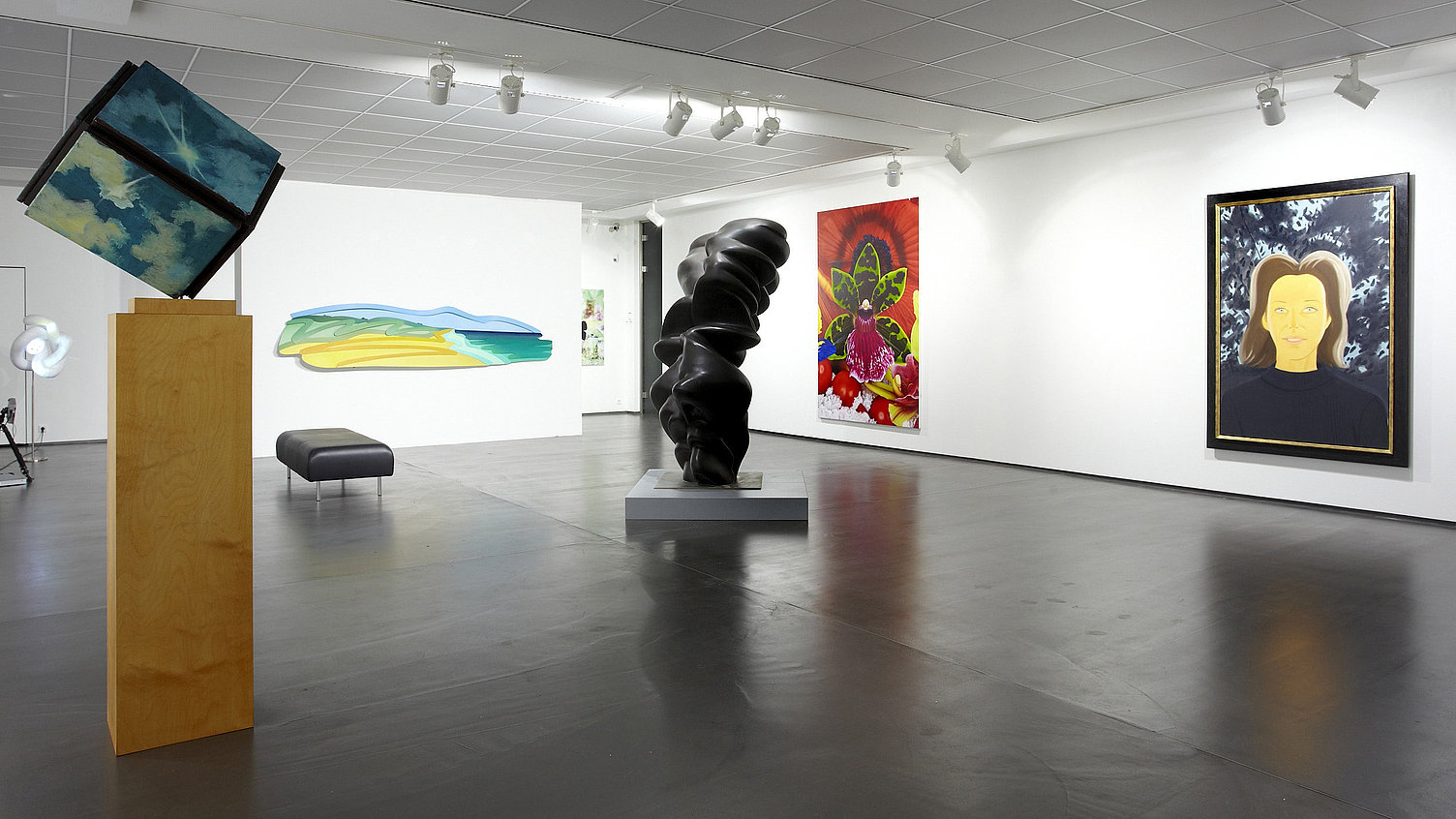Emil Nolde
Das was man malt, ist dem Maler, wie das Instrument, auf dem der Musiker seine Töne streicht

Ausstellungen
Messen
Museumsausstellungen (Auswahl)
2019
Emil Nolde - A German legend. The artist in National Socialism. Hamburger Bahnhof - Museum für Gegenwart, Berlin, Germany
2018
Emil Nolde - Colour is Life. Scottish National Gallery of Modern Art. Edinburgh, Scotland, United Kingdom
2017
Nolde und die Brücke. Kunsthalle zu Kiel, Germany
2015
Nolde in Hamburg. Hamburger Kunsthalle, Germany
2014
Eml Nolde – Retrospektive. Städel Museum. Frankfurt/Main, Germany
2013
Emil Nolde - In Glut und Farbe. Belvedere, Vienna, Austria
2012
Emil Nolde. In Search of the Authentic. The National Gallery Oslo. Norway
2010
Emil Nolde. Aquarelle. Pinakothek der Moderne. Munich, Germany
2008
Emil Nolde. Galeries nationales du Grand Palais. Paris, France
2002
Emil Nolde – Hülltoft Hof. Hamburger Kunsthalle, Germany
1999
Emil Nolde und die Sammlung Sprengel 1937 bis 1956. Sprengel Museum Hannover, Germany
1995
Nolde - the painter's prints. Los Angeles County Museum of Art (LACMA) Los Angeles, CA, United States
1964
documenta 3. Documenta. Kassel, Germany
1963
Emile Nolde: 1867-1956. Museum of Modern Art (MoMA) New York City, NY, United States






